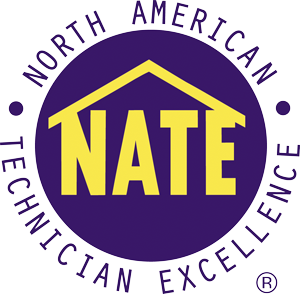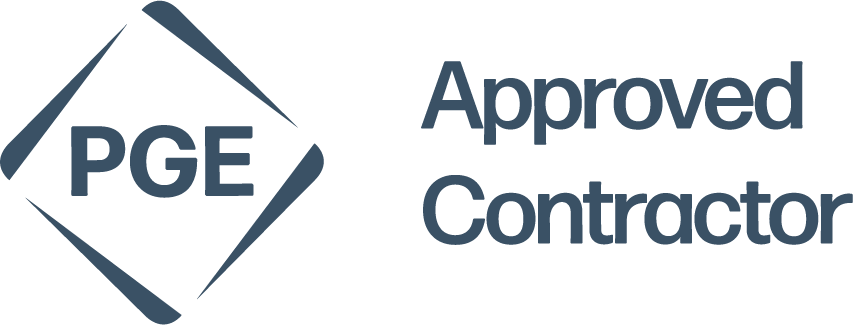Understanding Gas Fireplace Maintenance Requirements in Canby
Gas fireplaces have become increasingly popular in Canby homes, offering warmth and ambiance without the hassle of traditional wood-burning units. Regular maintenance ensures these systems operate safely and efficiently throughout Oregon’s chilly seasons. At Milwaukie Heating & Cooling, Inc., we specialize in comprehensive gas fireplace maintenance that extends equipment life and maintains optimal performance. Our technicians understand that each gas fireplace requires specific attention based on its design, age, and usage patterns.
The importance of professional maintenance cannot be overstated when considering the complex components within modern gas fireplaces. These units contain sensitive safety controls, precision burners, and ventilation systems that require expert evaluation. Annual maintenance prevents carbon monoxide risks, ensures proper combustion, and maintains the beautiful flame patterns homeowners expect. Our experience serving Clackamas, Happy Valley, West Linn, Lake Oswego, and Oregon City has shown that well-maintained gas fireplaces typically last fifteen to twenty years, while neglected units may fail within seven to ten years.
Essential Components Requiring Regular Inspection
Every gas fireplace contains critical components that demand professional attention during maintenance visits. The burner assembly serves as the heart of your fireplace, mixing gas with air to create clean, efficient combustion. Over time, dust and debris accumulate on burner ports, causing uneven flames or incomplete combustion. We carefully clean these assemblies using specialized tools that remove buildup without damaging delicate components. The pilot assembly and thermocouple also require inspection, as these safety devices prevent gas flow when flames aren’t present.
Ventilation systems represent another crucial maintenance area that directly impacts both safety and efficiency. Direct vent fireplaces use sealed combustion chambers with dedicated intake and exhaust pipes, while B-vent models rely on indoor air for combustion. We inspect vent terminations for blockages from leaves, bird nests, or snow accumulation that could cause dangerous backdrafting. The glass panels on direct vent units develop a white film from combustion byproducts, requiring cleaning with specific solutions that won’t damage protective coatings. Regular inspection of door gaskets ensures proper sealing, preventing carbon monoxide from entering living spaces.
Seasonal Maintenance Tasks and Timing
Scheduling gas fireplace maintenance at strategic times maximizes system reliability when you need heating most. Late summer or early fall represents the ideal maintenance window, allowing time for any necessary repairs before cold weather arrives. During these visits, we perform comprehensive inspections that include checking gas pressure, verifying safety controls, and testing ignition systems. Our partnership with Carrier™ provides access to advanced diagnostic tools and genuine replacement parts that ensure long-lasting repairs.
Spring maintenance focuses on addressing issues that developed during heavy winter use. We clean fan motors that circulated warm air throughout your home, lubricate moving parts, and inspect electrical connections for signs of heat damage. The ceramic logs or glass media inside your fireplace also receive attention, as proper positioning affects both appearance and combustion efficiency. Misaligned logs can create hot spots that damage firebox components or cause sooting on glass doors.
Safety Protocols and Carbon Monoxide Prevention
Gas fireplace safety extends beyond basic maintenance to include comprehensive testing of all safety systems. We verify that oxygen depletion sensors function correctly in vent-free models, shutting down gas flow if room oxygen levels drop dangerously low. Flame sensors receive careful cleaning and adjustment to ensure they detect pilot flames reliably. The gas valve undergoes pressure testing to confirm it closes completely when commanded, preventing gas leaks that could create explosive conditions.
Carbon monoxide detection plays a vital role in gas fireplace safety, particularly in homes with multiple gas appliances. We recommend installing carbon monoxide detectors on every level of your home, with special attention to sleeping areas. During maintenance visits, we use professional-grade analyzers to measure carbon monoxide levels in exhaust gases, ensuring complete combustion occurs. Proper ventilation remains essential even with sealed combustion units, as other household activities can create negative pressure that affects fireplace operation.
Professional Maintenance Benefits and Cost Savings
- Extended Equipment Lifespan: Regular cleaning and adjustment prevent premature wear on expensive components like gas valves and control boards
- Improved Energy Efficiency: Clean burners and properly adjusted gas pressure reduce fuel consumption while maintaining desired heat output
- Enhanced Safety Assurance: Professional inspection identifies potential hazards before they create dangerous conditions for your family
Professional maintenance delivers tangible benefits that justify the investment in annual service. Our technicians identify minor issues before they escalate into costly repairs, such as detecting early signs of heat exchanger deterioration or control board failure. The efficiency improvements from proper maintenance typically reduce gas consumption by ten to fifteen percent, offsetting service costs through lower utility bills. Insurance companies increasingly recognize the value of documented maintenance, potentially offering premium discounts for homes with professionally serviced gas appliances.
Common Issues Discovered During Maintenance
Through years of servicing gas fireplaces across the region, we encounter recurring problems that highlight maintenance importance. Spider webs in gas orifices create one surprisingly common issue, as spiders are attracted to mercaptan, the chemical that gives natural gas its distinctive odor. These blockages cause delayed ignition or prevent burners from lighting entirely. Worn thermopile generators represent another frequent discovery, as these components generate electricity from pilot flame heat to operate gas valves in millivolt systems.
Electronic ignition systems present unique maintenance challenges, particularly in older units where components face obsolescence. We maintain extensive parts inventories for various manufacturers, ensuring quick repairs when problems arise. Damaged refractory panels inside fireboxes require prompt replacement to prevent heat damage to surrounding structures. These panels reflect heat into living spaces while protecting steel fireboxes from extreme temperatures that cause warping or cracking. Our comprehensive maintenance approach addresses these issues proactively, preventing unexpected failures during peak heating seasons when reliable operation matters most.









